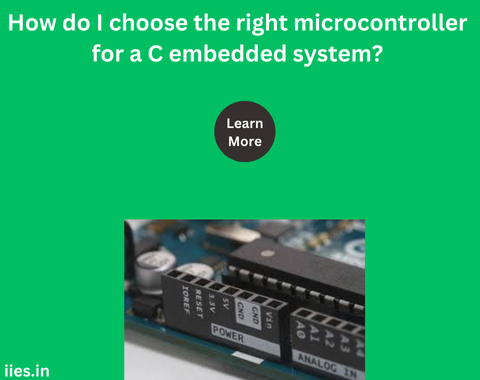
Choosing the right microcontroller (MCU) for your embedded system is a critical decision that can significantly impact the performance, efficiency, and scalability of your project. With a vast array of options available, making the right choice can be daunting.
This guide will help you navigate through the key considerations to select the most suitable MCU for your embedded system.
Identify the primary functions your system needs to perform. Consider the following questions:
Evaluate the performance requirements:
Determine your memory needs:
Identify the power source for your system:
Look for MCUs with efficient power management features:
List the necessary interfaces and peripherals:
Determine the number and type of GPIO pins required:
Ensure that the MCU is supported by a robust development environment:
Consider the availability of resources:
Verify the availability of the MCU:
Consider the long-term availability of the MCU:
Balance your requirements with your budget:
Consider the total cost, including development tools, evaluation boards, and potential licensing fees.
Think about future project needs:
Choose an MCU that allows for easy upgrades:
Selecting the right microcontroller for your C embedded system involves a careful analysis of your project requirements, performance needs, power consumption, peripheral requirements, development ecosystem, availability, cost, and future scalability. By thoroughly evaluating these factors, you can make an informed decision that ensures the success of your embedded system project. Remember, the right MCU will not only meet your current needs but also accommodate future growth and enhancements.
Indian Institute of Embedded Systems – IIES